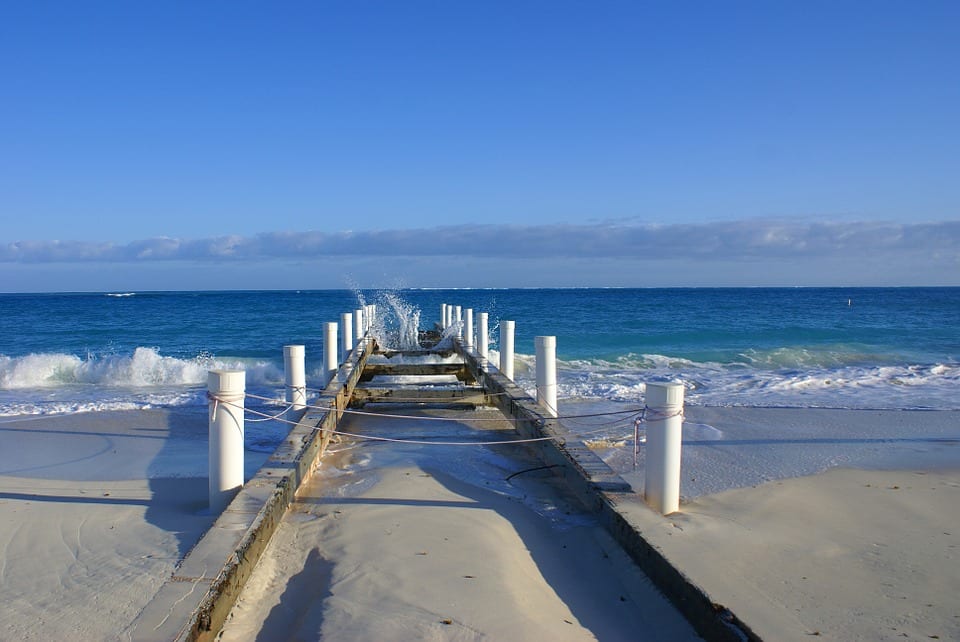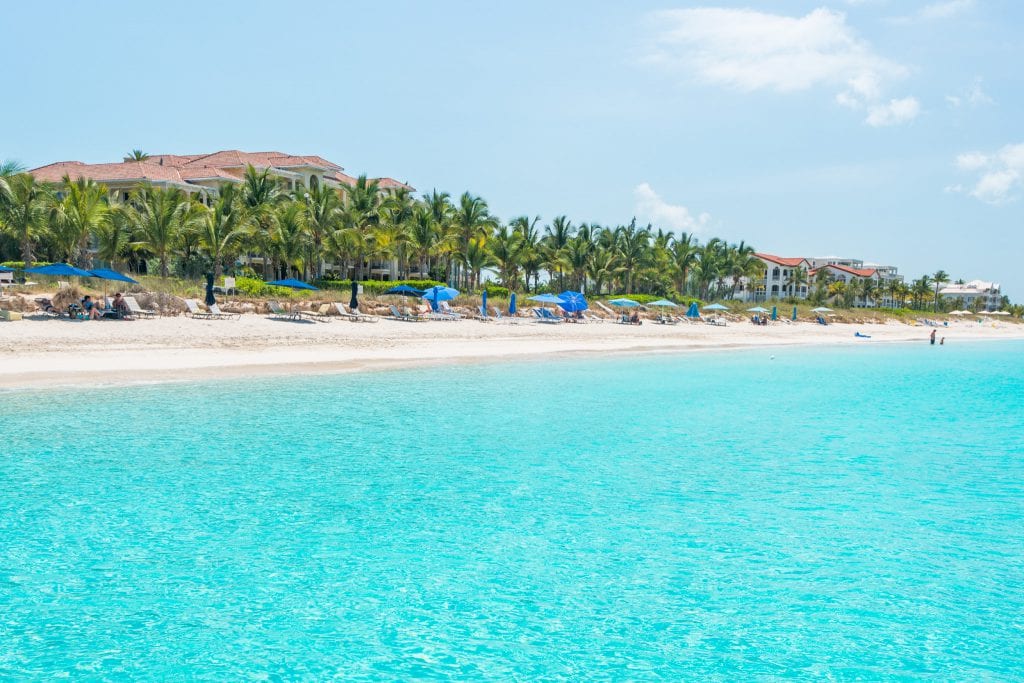
Your Guide to the Turks and Caicos Islands
When you look at a world map and draw your eyes to the West Indies you will see pin pricks of green dotted around the likes of Cuba, Jamaica and Puerto Rico. Cast your eyes just north of Haiti and you will be met with the Turks and Caicos Islands, one of the Caribbean’s most overlooked archipelagos. The mass of 40 stunning low-lying coral islands can be accessed from the UK in around 8 hours 20 minutes via a direct flight.
Turks and Caicos are a British Overseas Territory, having previously been under Spanish and French rule between the 16th and 18th centuries. However, the first settlers to call Turks and Caicos home were Bermudian salt collectors, before being a popular pirate haunt around the turn of the 18th century.
Today, unlike countless destinations throughout the Caribbean, Turks and Caicos are a slice of heaven. However, with few being aware of the archipelago’s existence, we shine a light on everything you could want to know about the mesmerising location.
 When to Visit Turks and Caicos
When to Visit Turks and Caicos
The dry and sunny tropical climate of the islands is championed by visitors, with many enjoying the average temperatures between 25°C and 35°C depending on the time of year. Those who live there are blessed with 350 sunny days per year, aside from during hurricane season, which runs between June and November. Sadly, in September 2017, Turks and Caicos was battered by Hurricane Irma and Hurricane Maria a couple of weeks later. The high winds and flooding from incessant down pours resulted in the destruction of homes and businesses. However, hotels are now open for business and life is returning to normal. Although hurricanes are common in Turks and Caicos, they are rarely more than extremely strong winds.
The winter months of Turks and Caicos are the end the end of November and through to May, however, temperatures still average 27°C to 29°C. The winter season is the most popular period for holidaymakers and temperatures in the summer (June to October) can peak around 35°C as a norm. However, even during the hottest months, a healthy trade wind helps to keep temperatures as comfortable as possible.
Rainfall is scarce and usually falls during the hurricane season. The eastern portion of the archipelago, including Grand Turk and South Caicos tend to get an average of 21 inches, whereas this can catapult to 40 inches in the west.
An Expensive Caribbean Location
Many who have visited other islands in the West Indies often comment that Turks and Caicos is expensive for tourists – this is understandable when tourism is such a pillar of their economy. Everything from hotels, restaurants, transport and excursions are pricier than other tropical retreats. However, this is unsurprising when many of the hotels are five-star and offer an intimate and luxury experience in unparalleled surroundings. One thing many visitors enjoy about Turks and Caicos is that all the hotel beaches are private and even the public locations have virtually no tour directors or sellers trying to haggle with you whilst you sunbathe.
 Grace Bay Beach, Providenciales
Grace Bay Beach, Providenciales
Blessed with the third largest coral system in the world, Turks and Caicos has beautiful untouched beaches. The coral itself is left undisturbed and many colourful sea creatures call it home, making it a fantastic location for snorkelling and scuba diving. However, you would need to hop on a boat cruise to enjoy these sites.
Grace Bay Beach in Providenciales, one the archipelago’s most visited islands, has the finest white sands lapped by turquoise ocean. There are no rocks, seaweed, or pollution and it is part of the Princess Alexandra Nation Park.
There are a number of exclusive resorts around Grace Bay Beach and, yet, the beach is large enough that holidaymakers feel as if they are the only visitors there. It currently holds the position of the Leading Beach Destination awarded by World Travel Awards, and Trip Advisor ranked it the second-best beach on the planet.
Humpback Whales at Grand Turk Island
The most easterly of the Turks and Caicos Islands, Grand Turk (and nearby Salt Cay island) offer fantastic humpback whale watching opportunities. During the winter months between January and April, the humpback whales migrate from the cold waters of the northern Atlantic to the warmer Caribbean waters, where they mate and give birth.
A number of local tour operators offer whale watching excursions and sometimes it is possible to get up close and personal with the majestic mammals through snorkelling. If this doesn’t appeal to you, you can enjoy watching the whales breach the ocean from the shore or a boat.
Foodie Destination for Seafood Lovers
Sitting in some of the cleanest waters on the planet, it is no surprise that Turks and Caicos offers up plentiful fresh seafood. The location is renowned for its cuisine and menus are laden with the likes of grouper, snapper and lobster.
However, the absolute pride and local delicacy is the queen conch. A large edible sea snail, this may not sound desirable, but beachside restaurants such as Da Conch Shack and Bagloos Conch Crawl often sell out of the marine morsel. It is often served as fritters, grilled, as cracked conch, or in a succulent salad.
Rake-and-Scrape Music
Whilst many are used to the dancehall or reggae beats of other Caribbean islands, it is ripsaw music which is traditional in Turks and Caicos. It is a relative of the rake-and-scrape music that is played in the Bahamas and is characterised by the primary instrument of a handsaw. The handsaw is usually accompanied by drums, guitars, or an accordion.
You might wonder how somebody plays a handsaw; you simply drag an old knife blade along the saw’s teeth. It sounds like paper being torn, hence the name ripsaw music.
The style of music is said to have been invented by slaves who were trying to reproduce the sound of a West African gourd instrument, or the guiro, a percussion instrument of the Dominican Republic and Haiti.
Getting to Turks and Caicos
The majority of resorts are located in Providenciales, which is considered the main island of Turks and Caicos. Whilst there are countless airlines which provide direct flights to Providenciales, these tend to be in the USA or Canada only. Those travelling from the UK will need to book a British Airways flight – these travel on Thursday and Sundays with a stop in Antigua.
If your resort is not on the island of Provo, as it is colloquially known, there are ways of island hopping. To access North and Middle Caicos, there is a ferry which takes 25 minutes. There are two ferries per week from Provo to South Caicos, which take 90 minutes. Alternatively, a 25 minute flight via InterCaribbean Airways can be secured.
